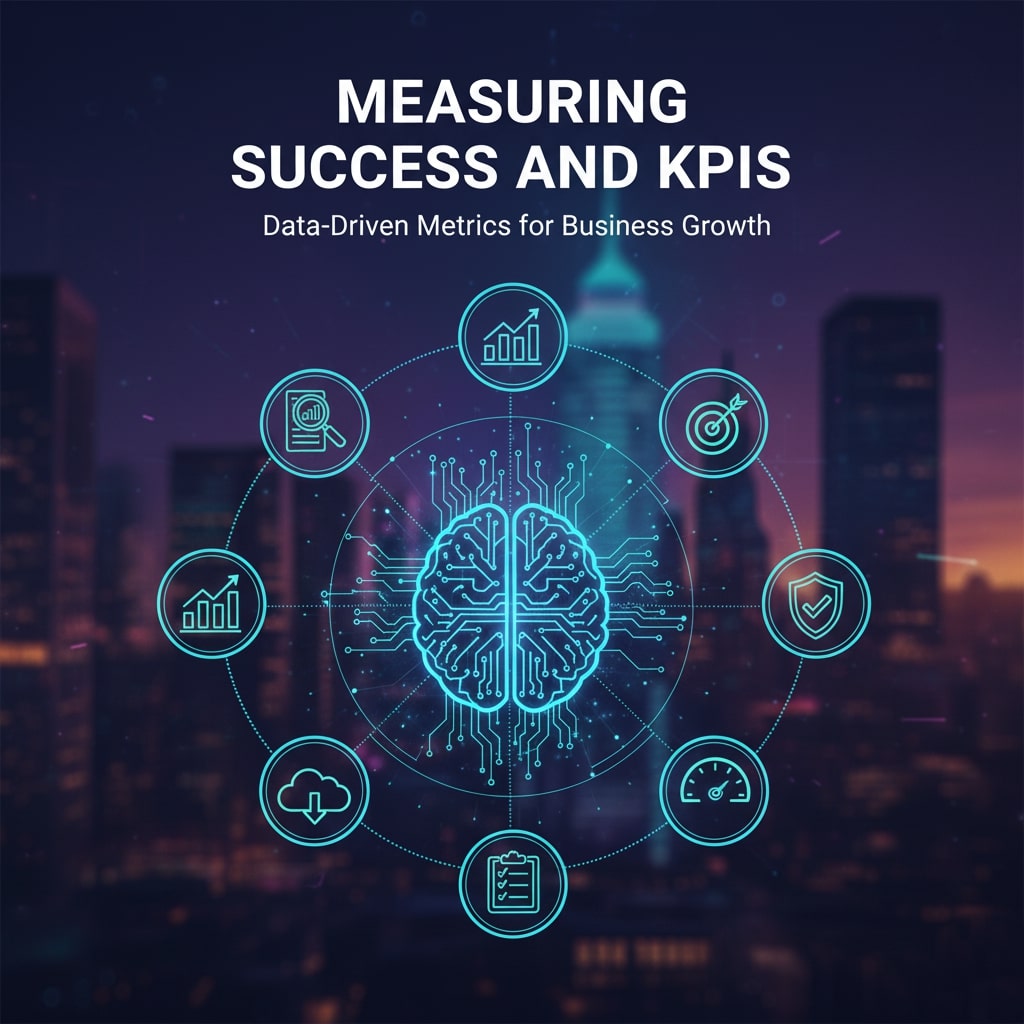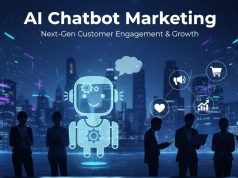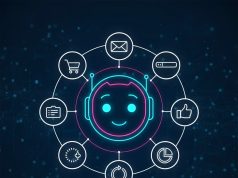In today’s competitive digital landscape, generic chatbot interactions no longer suffice. Customers expect AI-driven conversations that feel tailored to their individual needs, preferences, and contexts. Chatbot personalization not only builds trust but also increases engagement, customer satisfaction, and ultimately conversions. In this comprehensive guide, we’ll explore why personalization matters, the data and AI techniques that power it, best practices for implementation, real-world use cases across industries, and how to measure success.
Why Personalization Matters
Research shows that 80% of consumers are more likely to purchase from brands that offer personalized experiences. Chatbots—when equipped with the right data and intelligence—can dynamically adapt messages, product recommendations, and support based on individual user profiles, past interactions, and real-time context. Personalization drives:
- Higher Engagement: Tailored messages capture attention and prompt deeper conversations.
- Increased Conversion Rates: Personalized product suggestions and targeted offers often convert at 3–5× the rate of generic recommendations.
- Enhanced Customer Satisfaction: Customers feel heard and valued when interactions reflect their unique needs.
- Stronger Brand Loyalty: Consistent, relevant interactions build trust and long-term relationships.
Data Sources and Customer Insights
Effective personalization hinges on high-quality data and deep customer insights. Key data sources include:
- Demographic Data: Age, gender, location, job title, and other static profile attributes.
- Behavioral Data: Browsing history, click patterns, session length, and purchase behavior.
- Contextual Data: Device type, time of day, geolocation, referral source, and current page content.
- Transactional Data: Order history, cart abandonment, subscription status, and payment preferences.
- Sentiment and Feedback: Chat ratings, NPS scores, survey responses, and open-ended feedback.
Combining these data sets gives chatbots a 360° view of each user, enabling truly personalized dialogues.
AI Techniques for Personalization

Sophisticated AI techniques power dynamic chatbot personalization. The most impactful include:
- Natural Language Understanding (NLU): Accurately interprets user intent, sentiment, and entities to adapt responses.
- Machine Learning Segmentation: Groups users into micro-segments based on predicted behaviors, preferences, or value.
- Recommendation Engines: Leverages collaborative filtering, content-based filtering, and hybrid approaches to suggest products or content most likely to convert.
- Dynamic Response Generation: Uses templates combined with variable slots driven by user data to create personalized responses at scale.
- Reinforcement Learning: Continuously optimizes dialogue strategies based on real-time performance feedback and reward signals.
Best Practices for Implementation
- Map the Customer Journey: Identify key touchpoints where personalized chatbot interactions deliver maximum impact—pre-purchase advice, order updates, retention offers, or post-sale support.
- Prioritize Data Privacy and Compliance: Ensure all customer data collection and processing comply with GDPR, CCPA, and other relevant regulations. Provide clear opt-in/opt-out controls.
- Design Conversational Flows for Personalization: Create modular flows that inject user-specific data dynamically. Leverage conditional logic to handle multiple segments seamlessly.
- A/B Test Personalization Tactics: Experiment with different levels of personalization—message tone, product recommendations, offers—and measure lift in engagement and conversion.
- Integrate with CRM and Analytics: Connect your chatbot platform to CRM, CDP, and analytics tools for unified user profiles, real-time updates, and closed-loop reporting.
- Monitor and Iterate Continuously: Analyze chat logs, user feedback, and performance metrics weekly to refine personalization logic and content.
Real-World Use Cases
Brands across industries leverage chatbot personalization to achieve remarkable results:
E-commerce Retail
Personalized product carousels based on browsing history boosted click-through rates by 45%. Abandoned cart recovery messages offering tailored discounts recovered 30% more carts than generic prompts.
Travel and Hospitality
By recalling guest preferences—room type, dietary restrictions, loyalty status—chatbots provided trip itineraries and upsell packages that increased ancillary revenue by 20%.
Financial Services
Chatbots that analyze transaction patterns and risk profiles guided customers to personalized saving plans and credit offers, improving lead conversion by 35%.
Healthcare
Symptom-checking chatbots dynamically tailor follow-up questions based on patient history and demographics, reducing triage time by 25% and improving patient satisfaction scores.
Measuring Success and KPIs

To evaluate the impact of chatbot personalization, track key performance indicators such as:
- Engagement Rate: Percentage of visitors initiating and maintaining multi-turn conversations.
- Conversion Rate: Completed goals (purchases, sign-ups, bookings) directly attributed to chatbot interactions.
- Average Order Value (AOV): Increase in cart size or service upgrades driven by personalized upsell recommendations.
- Customer Satisfaction (CSAT) and NPS: Ratings collected post-chat to gauge perceived value and experience quality.
- Retention Rate: Rate of repeat users engaging with the chatbot over time versus one-time interactions.
- Return on Investment (ROI): Revenue uplift or cost savings delivered relative to chatbot development and maintenance costs.
Future Trends in Personalization
As AI and conversational technology evolve, expect these emerging trends:
- Hyper-Personalization with Predictive AI: Models will anticipate customer needs before they express them, triggering proactive messages and offers.
- Multimodal Conversations: Seamless handoffs between voice, text, and visual interfaces to deliver richer, more intuitive experiences.
- Emotionally Intelligent Bots: Advanced sentiment analysis and empathetic response generation to build deeper emotional connections.
- Privacy-Preserving Personalization: Federated learning and on-device AI will allow personalization without compromising user data security.
- Cross-Channel Continuity: Unified profiles ensuring personalization persists across web, mobile, social, and in-store interactions.
Conclusion
Chatbot personalization is no longer an optional add-on—it’s a strategic imperative. By leveraging rich customer data, AI-driven segmentation, and continuous optimization, brands can deliver conversations that feel truly one-to-one. The result? Higher engagement, stronger loyalty, and significant conversion uplifts. Start mapping your customer journeys today, integrate the right data sources, and experiment with personalized flows. The future of conversational marketing belongs to those who can make every interaction feel uniquely human.
Ready to elevate your chatbot strategy? Implement these personalization tactics and watch your metrics soar in 2025 and beyond.









